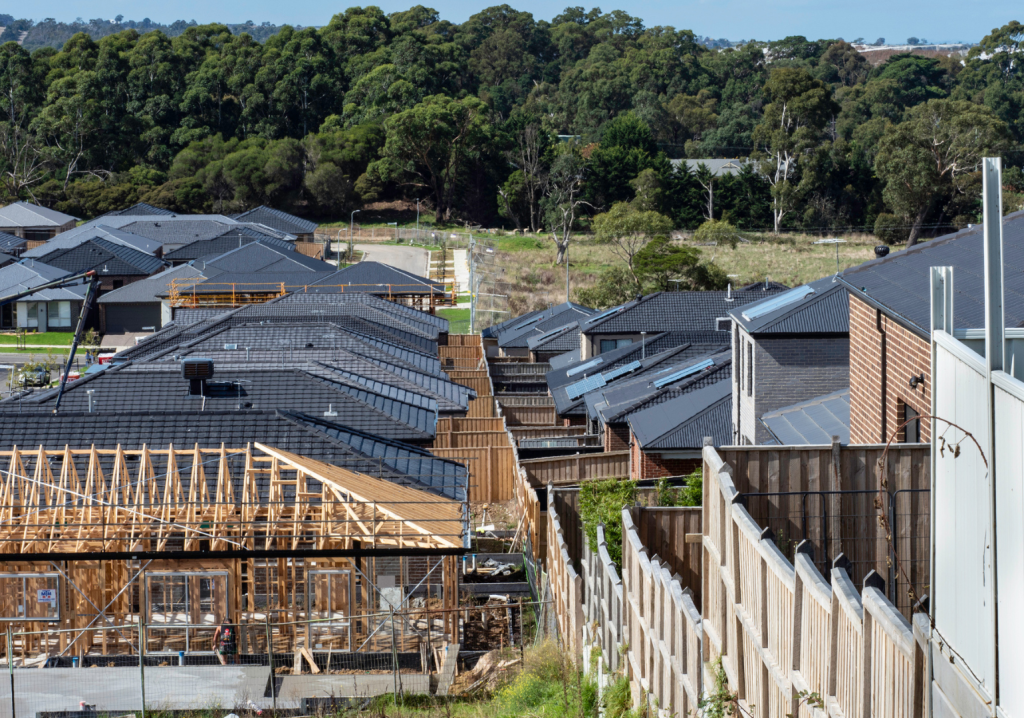Recent structural problems have exposed issues in the Australian construction industry. What role do engineers play in maintaining high standards?
It is a story appearing with concerning frequency in Australia’s construction landscape: structural issues in a suburban apartment block. Flammable cladding resulting in fires in Melbourne and London flats. Residents evacuated from a tower after cracking was found in its structure.
This past month alone has seen four apartment blocks in the Sydney suburb of Macquarie Hills being subject to urgent work rectification orders after serious concrete damage was found that put them at the risk of collapsing, along with safety concerns about apartment blocks in Alexandria, another Sydney suburb.
“It’s now widely accepted that it’s a broad problem within the sector,” said Engineers Australia Chief Engineer Jane MacMaster FIEAust CPEng EngExec.
“They are not isolated cases. I think everyone agrees now that we have a systemic problem in the building sector, and some serious challenges that we need to work through collectively.”
The building sector is a broad industry that brings together a diverse range of professions and trades to oversee the design, construction and certification of a new structure, so the problems facing it cannot be solved by engineers alone. Nevertheless, MacMaster believes engineers have an important role to play in ensuring the best quality across the sector.
“Many engineers are frustrated with the examples of poor design and building work that they come across,” she said of the engineers she hears from on the subject.
“It’s important that the original design is conducted by a registered engineer, but it’s also incredibly important that as the building is constructed, that there’s adequate oversight and supervision as the construction occurs.”
MacMaster said that Engineers Australia has a multifaceted role to play in seeing improved standards across the industry.
“We’ve been working to help understand the problem and where in that very complex system the problems are, so that we can work to fix them,” she said.
“We liaise directly with regulators, in particular the NSW Building Commissioner, whose new organisation, Building Commission NSW, has just been established.
“And in previous years, we [worked] very closely with the NSW Department of Fair Trading and Customer Service on building sector reform.”
Delivering best practice
Engineers Australia has also been working on education as a way of ensuring industry can receive the best practice engineering advice.
“We’ve been working with the NSW government on various short courses, including for site inspections, cladding, remediation and waterproofing,” MacMaster said.
“We have already met with recently appointed Minister for Building, The Hon. Anoulack Chanthivong MP. We focused on important issues affecting engineers across the state including registration, building sector reform, professional indemnity insurance and practice standards.
“We also have a complaints process that has been through a major review in the last three years … so we’re confident that our complaints process is stronger and more robust.”
However, MacMaster said, the process only applies to Engineers Australia members and relies heavily on the information provided to Engineers Australia — which is why it works best when it is able to work in tandem with a regulator who can investigate wrongdoing, enforce rules and apply penalties more broadly.
Raising registration standards
An area of particular concern for Engineers Australia is the fractured progress of engineering registration schemes, which are not being underpinned by nationally consistent standards.
“Because regulation of engineering is state-by-state at the moment, we’re finding that variations are creeping in, making it more difficult for engineers to do good engineering work,” she said.
“Proper registration of professional engineers ensures that the engineers who are signing off engineering work have been assessed as competent, suitably qualified and suitably experienced to do so,” MacMaster said.
“And those engineers also have a commitment to abide by a code of ethics and to undertake continuing professional development.”
A number of states have introduced registration requirements for engineers in recent years, and others are in the process of doing so, but MacMaster said these new regulations will not have instantaneous results.
“I think those schemes will become more effective over time, as engineers become more familiar with their requirements and obligations, and as the grace periods run out. So I would imagine in the next 12 to 36 months, the registration schemes will become even more effective than they are today.”
No one can go alone
Most of all, MacMaster highlighted the importance of the industry working together to ensure high-quality construction and improved outcomes.
“It’s not just about engineers, and Engineers Australia; it really is going to take the entire industry: building surveyors, the architects, the builders, the tradespeople, the interior designers, the regulators, the professional associations, the other industry bodies all working together, over a several year period, [to] get this right,” she explained.
“Engineers Australia has been working for many years now on the building sector reform agenda, and it continues to be a very high priority.
“We’ll be looking to work not only with the NSW Building Commissioner but other regulators around the country and, indeed, on registration, all with the view to improving building outcomes for the community.”
